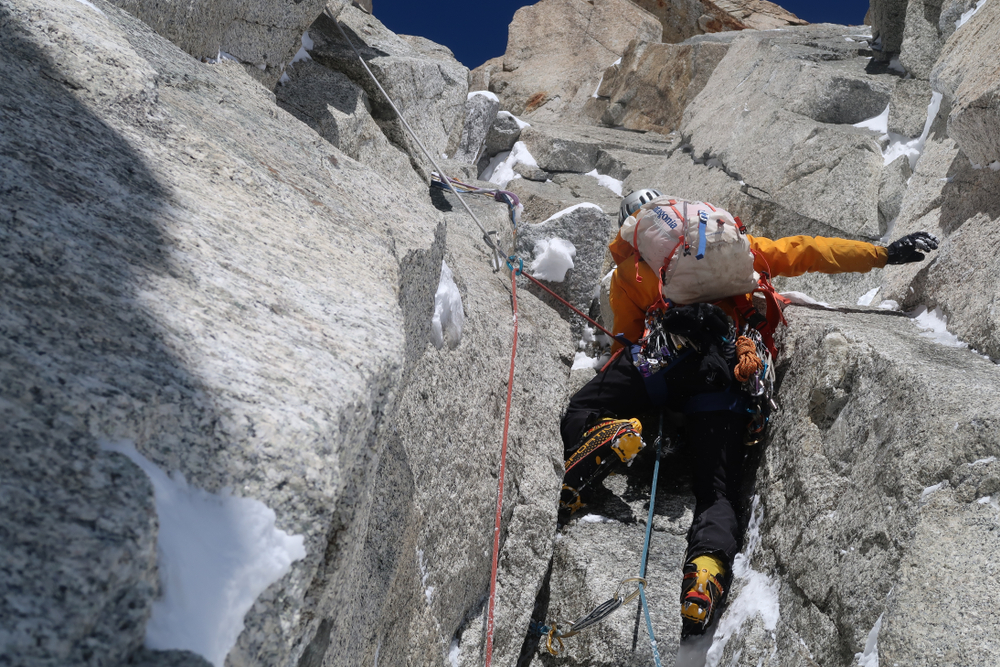Sprinting into the Future: A Comprehensive Look at Track and Field’s Evolution
Track and field, a sport that combines a variety of athletic contests based on running, jumping, and throwing, has a rich and fascinating history. Its roots trace back to the ancient civilizations in Greece, Egypt, and Asia, where it emerged as a fundamental part of their culture and traditions. Early developments included basic foot races, long jumps, discus throws, and javelin heaves. Over time, the sport has undergone significant transformations, evolving from a simple test of human physical prowess into a dynamic discipline with various subcategories and specialized events.

The Modern Era: Changes and Developments
Entering the modern era, Track and Field has witnessed numerous changes, reflecting broader societal and technological shifts. From the introduction of rubberized tracks and advanced training techniques to the rise of professional athletes, the sport has continually adapted to the changing times. One notable trend is the increasing emphasis on speed and endurance, driven by advances in sports science that have helped optimize athletes’ performance.
Training Techniques: The Quest for Speed and Endurance
The success of track and field athletes hinges largely on their training regimen. Modern training methodologies, which incorporate nutrition, biomechanics, and psychology, have transformed the sport. High-intensity interval training (HIIT), for instance, has become a staple for sprinters, enhancing their speed and power. On the other hand, distance runners lean towards endurance training, focusing on aspects like aerobic capacity and lactic acid threshold. These techniques, while effective, are not without challenges—overtraining and injury risks remain significant concerns.
The Science of Speed: Unveiling the Mystery
The science behind speed is intricate and multifaceted. It involves a complex interplay of factors such as stride length, stride frequency, and reaction time. Research suggests that the key to speed lies not only in physical strength but also in technique and efficiency of movement. This understanding has led to a shift in training focus, with coaches and athletes now prioritizing form and movement efficiency alongside traditional strength training.
Looking Ahead: Future Prospects
The future of Track and Field looks promising, with the sport set to continue evolving in response to advances in sports science and technology. Emerging trends include the use of wearable technology for performance tracking, the implementation of advanced recovery protocols, and the growing focus on mental toughness. As the sport strides into the future, it remains a powerful testament to human strength, speed, endurance, and our never-ending quest for excellence.
In conclusion, Track and Field, like every sport, is a living entity that continually evolves. As it sprints towards the future, it continues to offer a captivating spectacle of human performance, a testament to our physical and mental capabilities. The journey has been thrilling thus far, and promises to be even more exciting as we move forward.




